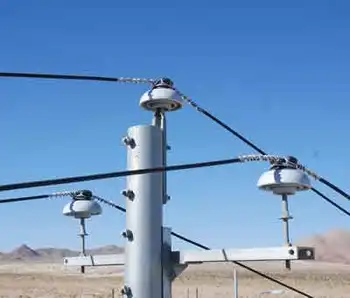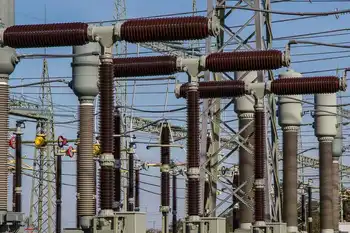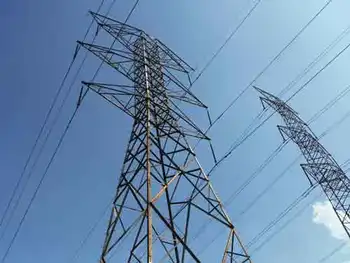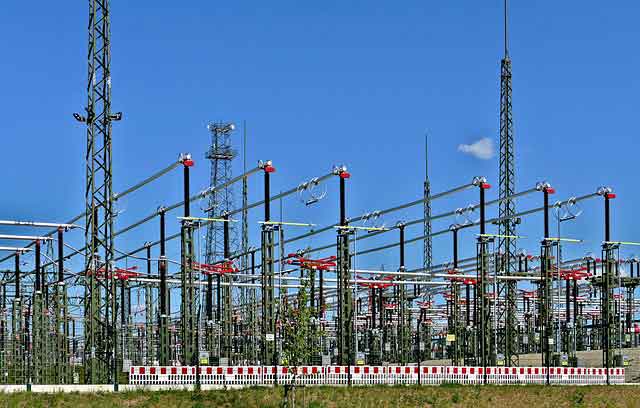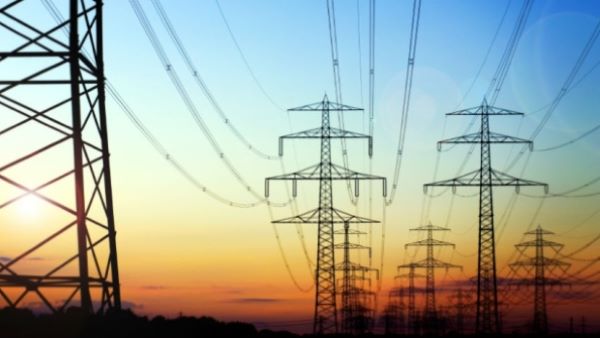Daniels urged to oppose coal plant
By Evansville Courier & Press
Electrical Testing & Commissioning of Power Systems
Our customized live online or in‑person group training can be delivered to your staff at your location.

- Live Online
- 12 hours Instructor-led
- Group Training Available
In their letter to Daniels, the groups asked the governor to withdraw his support for the Southwestern Indiana project and to endorse a state energy policy that includes support for energy efficiency initiatives and renewable energy technology.
Duke Energy's planned 630-megawatt plant would replace an aging traditional coal-fired plant at Edwards-port, Ind., that generates about 130 megawatts.
The letter, signed by members of 13 Indiana and national groups, including Valley Watch, the Hoosier Chapter of the Sierra Club, the Citizens Action Coalition and Greenpeace USA, contends the project would worsen air pollution even though it has been touted as "clean coal."
Rather than building the plant, the letter said, Duke Energy could create more jobs and improve air quality by diverting the money it plans to spend on the coal plant to energy efficiency and renewable energy technologies.
Grant Smith, the executive director of the consumer watchdog group Citizens Action Coalition, said the plant would lead to a rate increase of 15 percent to 20 percent for Duke Energy customers in Indiana.
Daniels was unavailable for comment, but the governor's office spokesman Brad Rateike referred reporters to comments a top Daniels adviser made last week during the sole public hearing on the plant before the Indiana Utility Regulatory Commission, which is considering whether to approve the Duke project.
John Clark, director of the state Office of Energy and Defense Development, told the IURC the plant is "vital" to Daniels' strategic energy plan and would help meet some of the state's future energy needs.
Clark said Purdue University's State Utility Forecasting Group predicts Indiana will need more than 10,600 additional megawatts of electricity by 2023.
The proposed Duke Energy plant would use new technologies to turn high-sulfur coal from the region's mines into synthetic natural gas and generate electric power using combustion and steam turbines.
Opponents say the plant will increase emissions of a variety of pollutants and would emit a projected 3.5 million tons of additional carbon dioxide per year.
"There is nothing clean about coal, and we cannot fight global warming by burning more of it," Evansville-based environmentalist John Blair of Valley Watch said in a news release.
The coal gasification process, which involves turning coal into a watery slurry that's then heated to extract the gas, includes equipment to remove nitrogen oxide and sulfur dioxide as well as mercury emissions.
Duke Energy spokeswoman Angeline Protogere said the plant is projected to cost about $1.98 billion, and, if approved, is expected to boost Duke Energy ratepayers' rates an average of about 16 percent by about 2012.
She said that could rise higher, however, if the utility installs equipment to remove some of the plant's carbon dioxide emissions.





